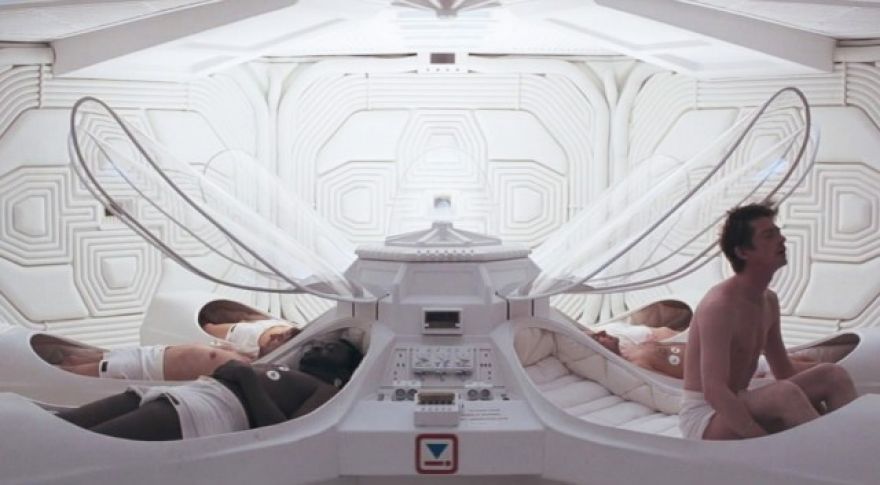
Doctors Are Testing Human Suspended Animation for the First Time
Science fiction is full of examples of people entering suspended animation or hibernation during a long space journey, but that might not be fiction for much longer. Doctors at the University of Maryland Medical Center are for the first time. There’s no spaceflight involved, though. Their use case is much more down-to-earth: saving trauma victims in the emergency room.
The hospital has assembled a team to conduct the suspended animation experiment, but the rules governing the testing are understandably strict. Doctors aren’t just asking people off the street to go into medical hibernation, but people who arrive at the hospital with serious trauma like a gunshot or stab wound might undergo the procedure.
The process, known as emergency preservation and resuscitation (EPR), involves rapidly cooling the body to about 50 degrees Fahrenheit (10 degrees Celsius) by replacing the patient’s blood with cold saline. At a normal body temperature of roughly 98.6 Fahrenheit (37 Celsius), your cells need a regular supply of oxygen to continue functioning. Five minutes of oxygen deprivation is enough to cause irreparable brain damage, but cooling the body slows or halts metabolic activity in the cells, stops the heart, and preserves tissues.
Only patients who arrive at the hospital with acute trauma including the loss of half their blood volume and cardiac arrest can undergo the procedure. Under normal conditions, the chances of survival in this situation are less than five percent. The FDA has given the University of Maryland Medical Center special permission to conduct this study because there’s no other viable treatment for these people. With EPR, the surgical team has two hours after the patient’s blood is drained to repair the damage. At that time, the patient’s blood is returned and the heart restarted.
We don’t know how well EPR works yet, but the team will eventually release a paper detailing the results. The plan is to compare ten patients who underwent EPR with ten who had similar injuries but could not get EPR because the team was not in the hospital at the time. If EPR can boost that five percent survival rate, it could become a new standard treatment for severe trauma. As for hibernating while traveling to other worlds, that’s still science fiction. Cells can experience so-called “reperfusion damage” when reoxygenated, and the damage gets more severe the longer a patient was suspended. It may be possible to develop drugs that limit reperfusion injuries, but first, we have to make sure EPR works on the ground.
Top image credit: Alien
Now read: